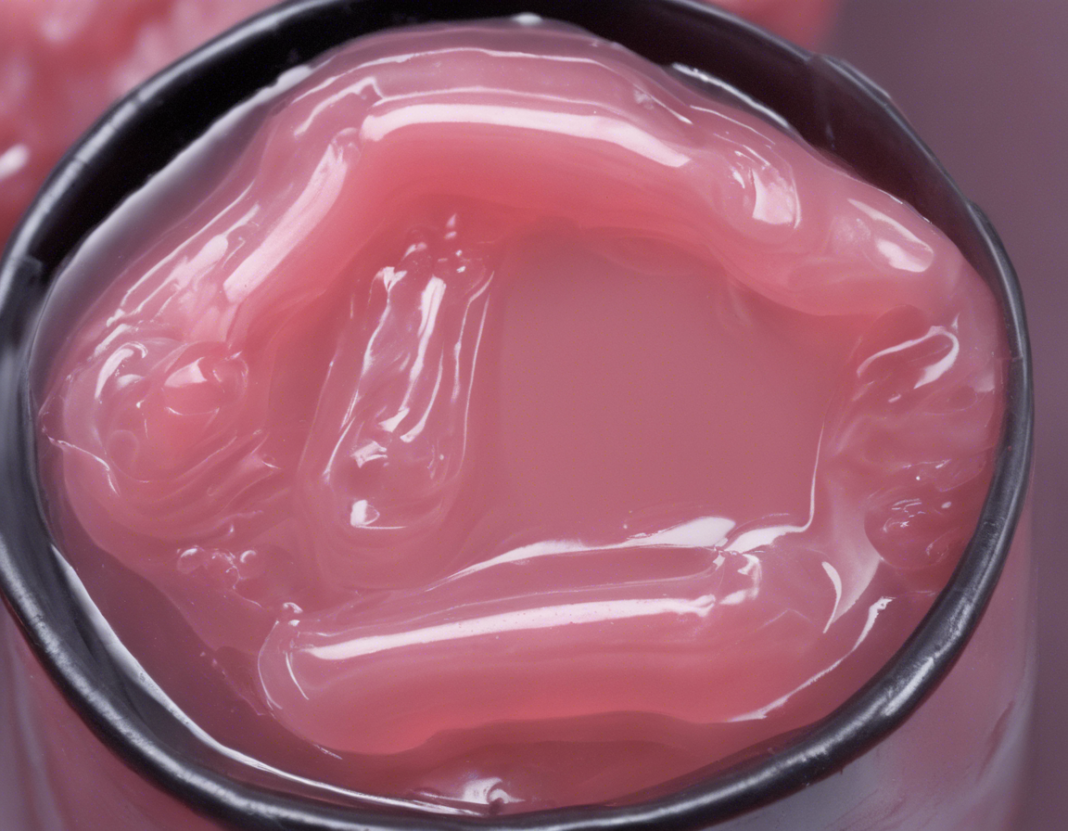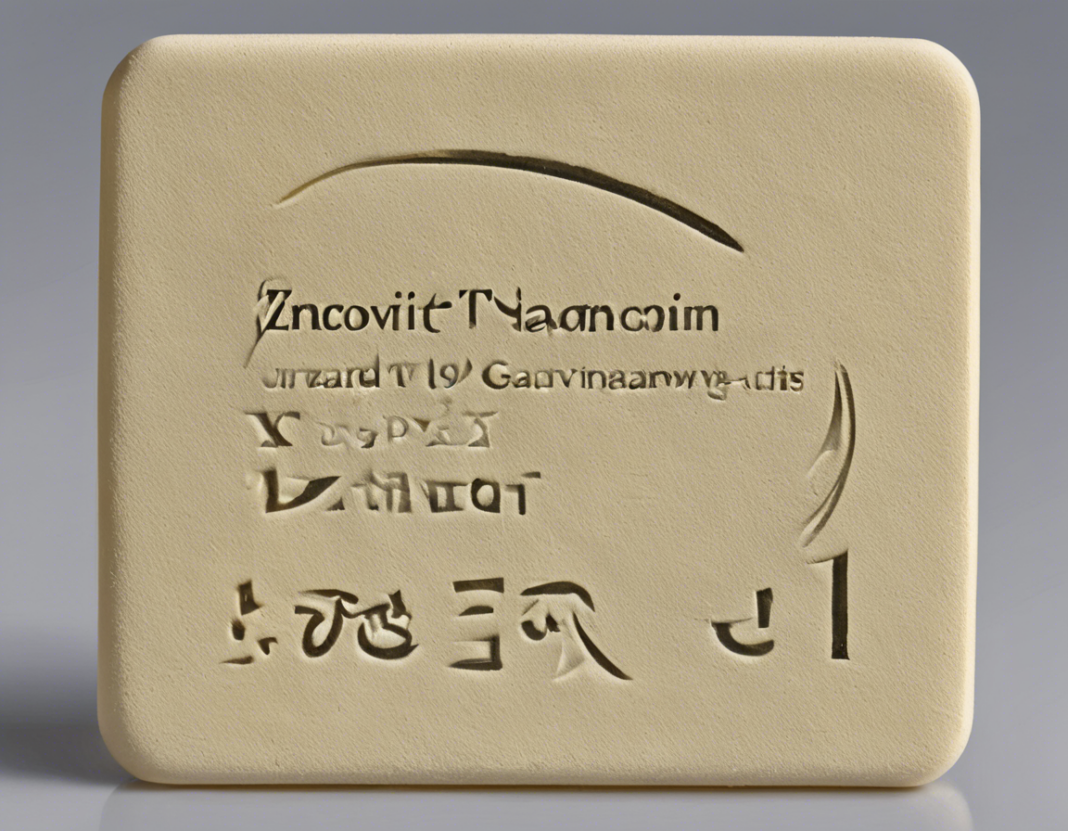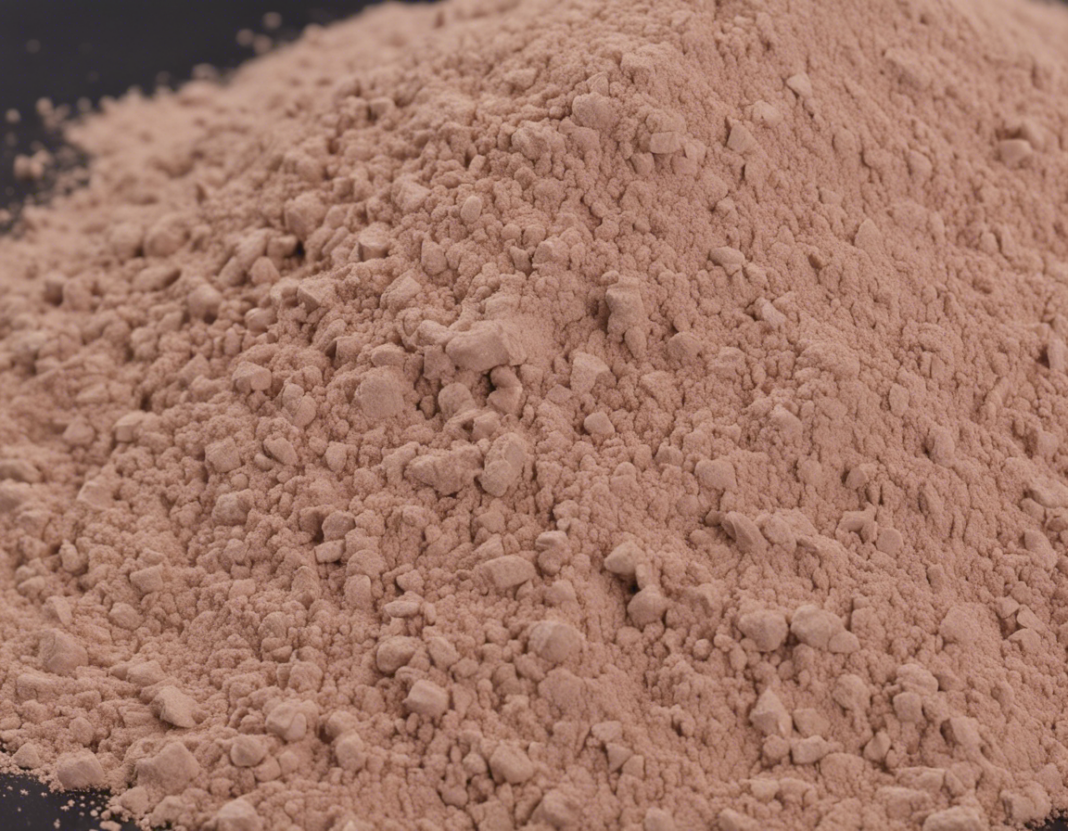Thrombophob gel is a medication commonly prescribed for the treatment of superficial thrombophlebitis, a condition characterized by inflammation of a vein due to blood clot formation. This gel contains heparinoid, a substance that helps to reduce blood clotting and inflammation, thereby aiding in the management of various venous disorders. In this article, we will delve into the uses, benefits, and potential side effects of Thrombophob gel to provide a comprehensive understanding of this medication.
What is Thrombophob Gel?
Thrombophob gel is a topical medication that is used to treat superficial thrombophlebitis, which is the inflammation of a vein accompanied by the formation of blood clots. It contains heparinoid as its active ingredient, which helps to reduce blood clotting and inflammation in the affected area.
How Does Thrombophob Gel Work?
Heparinoid, the active component of Thrombophob gel, works by inhibiting the formation of blood clots and reducing inflammation in the affected vein. It helps to improve blood flow and alleviate symptoms associated with superficial thrombophlebitis.
Uses of Thrombophob Gel
Thrombophob gel is primarily used for the treatment of superficial thrombophlebitis, but it may also be prescribed for various other conditions, including:
Varicose Veins
Thrombophob gel can help alleviate pain, swelling, and discomfort associated with varicose veins by reducing inflammation and improving blood circulation in the affected area.
Hematomas
This medication may be used to treat hematomas, which are localized collections of blood outside the blood vessels. Thrombophob gel can help to promote the absorption of the hematoma and reduce associated pain and swelling.
Edema
Thrombophob gel may be used to reduce swelling (edema) caused by various venous disorders by improving blood flow and reducing inflammation in the affected tissues.
Benefits of Using Thrombophob Gel
Anti-inflammatory Properties
Thrombophob gel’s anti-inflammatory properties help to reduce swelling, pain, and discomfort associated with venous disorders, such as superficial thrombophlebitis.
Blood Clot Prevention
The heparinoid in Thrombophob gel helps to prevent the formation of blood clots, which is crucial in the management of conditions like superficial thrombophlebitis.
Improved Blood Circulation
By reducing inflammation and promoting blood flow in the affected area, Thrombophob gel helps to enhance circulation and alleviate symptoms of venous disorders.
How to Use Thrombophob Gel
Thrombophob gel is typically applied topically to the affected area, following the dosage and instructions provided by your healthcare provider. It is important to clean and dry the skin before applying the gel and to gently massage it into the affected area until absorbed.
Dosage
The dosage of Thrombophob gel may vary depending on the severity of the condition being treated. It is important to follow your healthcare provider’s instructions regarding the frequency and duration of use.
Precautions
- Do not apply Thrombophob gel to open wounds or mucous membranes.
- Avoid contact with eyes, mouth, or other sensitive areas.
- Consult your healthcare provider before using Thrombophob gel if you are pregnant, breastfeeding, or have any underlying medical conditions.
Potential Side Effects of Thrombophob Gel
While Thrombophob gel is generally well-tolerated, some individuals may experience mild side effects, such as:
- Skin irritation
- Rash
- Itching
If you experience any severe or persistent side effects, discontinue use and consult your healthcare provider immediately.
Frequently Asked Questions (FAQs)
1. Can Thrombophob gel be used to treat deep vein thrombosis?
No, Thrombophob gel is specifically designed for the treatment of superficial thrombophlebitis and is not recommended for deep vein thrombosis. Deep vein thrombosis requires specialized medical treatment and should be managed under the supervision of a healthcare provider.
2. How long does it take for Thrombophob gel to show results?
The time it takes for Thrombophob gel to show results may vary depending on the individual and the severity of the condition being treated. It is important to follow your healthcare provider’s instructions regarding the duration of use for optimal results.
3. Can Thrombophob gel be used to prevent blood clots?
Thrombophob gel is primarily used for the treatment of existing blood clots and inflammation in superficial veins. It is not typically prescribed for the prevention of blood clots. If you are at risk of developing blood clots, consult your healthcare provider for appropriate preventive measures.
4. Is Thrombophob gel safe for long-term use?
Thrombophob gel is generally safe for short-term use as directed by your healthcare provider. It is important to follow the recommended dosage and duration of treatment to minimize the risk of side effects.
5. Can Thrombophob gel be used on broken skin?
Thrombophob gel should not be applied to open wounds, broken skin, or mucous membranes. It is designed for topical use on intact skin to treat conditions like superficial thrombophlebitis and should be used as directed by your healthcare provider.
In conclusion, Thrombophob gel is a valuable medication for the treatment of superficial thrombophlebitis and other venous disorders. By understanding its uses, benefits, and potential side effects, you can make informed decisions about its use in consultation with your healthcare provider. Remember to follow the prescribed dosage and instructions to maximize the benefits of Thrombophob gel while minimizing any potential risks.


